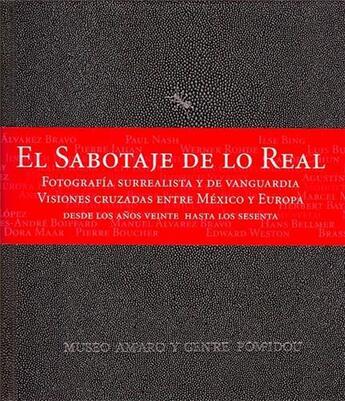-
Date de parution : 30/12/1999
-
Editeur :
Rm Editorial
-
EAN : 9786079500252
-
Série :
(-)
-
Support :
Papier
Résumé:
In the 1930s Mexico represented for European surrealists an ideal setting for their artistic activities. The country was visited by Antonin Artaud and André Breton, the founder of the surrealist movement, who in 1938 called Mexico "the place of surrealism par excellence," where the idea of... Voir plus
In the 1930s Mexico represented for European surrealists an ideal setting for their artistic activities. The country was visited by Antonin Artaud and André Breton, the founder of the surrealist movement, who in 1938 called Mexico "the place of surrealism par excellence," where the idea of changing the world and transforming life was feasible through artistic creation and revolution. In 1939, on his return to Europe, Breton organized a Mexican exhibition at the Galerie Renou & Colle, made up of works by Manuel Álvarez Bravo, Frida Kahlo, and José Guadalupe Posada, as well as a series of folk art objects which demonstrated the surrealist commitment to abolishing hierarchies among the products of human creativity, so long as the presence of the free imagination could be discovered in them.Seventy years after Breton's endeavor, the Centre Georges Pompidou, in collaboration with the Museo Amparo, proposes an open dialogue among images. Without attempting to define the nature or identity of surrealist photography, it seeks to uncover certain international connections, to offer new encounters, to recall some lesser-known figures, and to put an emphasis on the "surrealist spirit" that prevailed from the 1920s to the 1940s in Europe and survived in Mexico into the 1960s.
Donner votre avis














